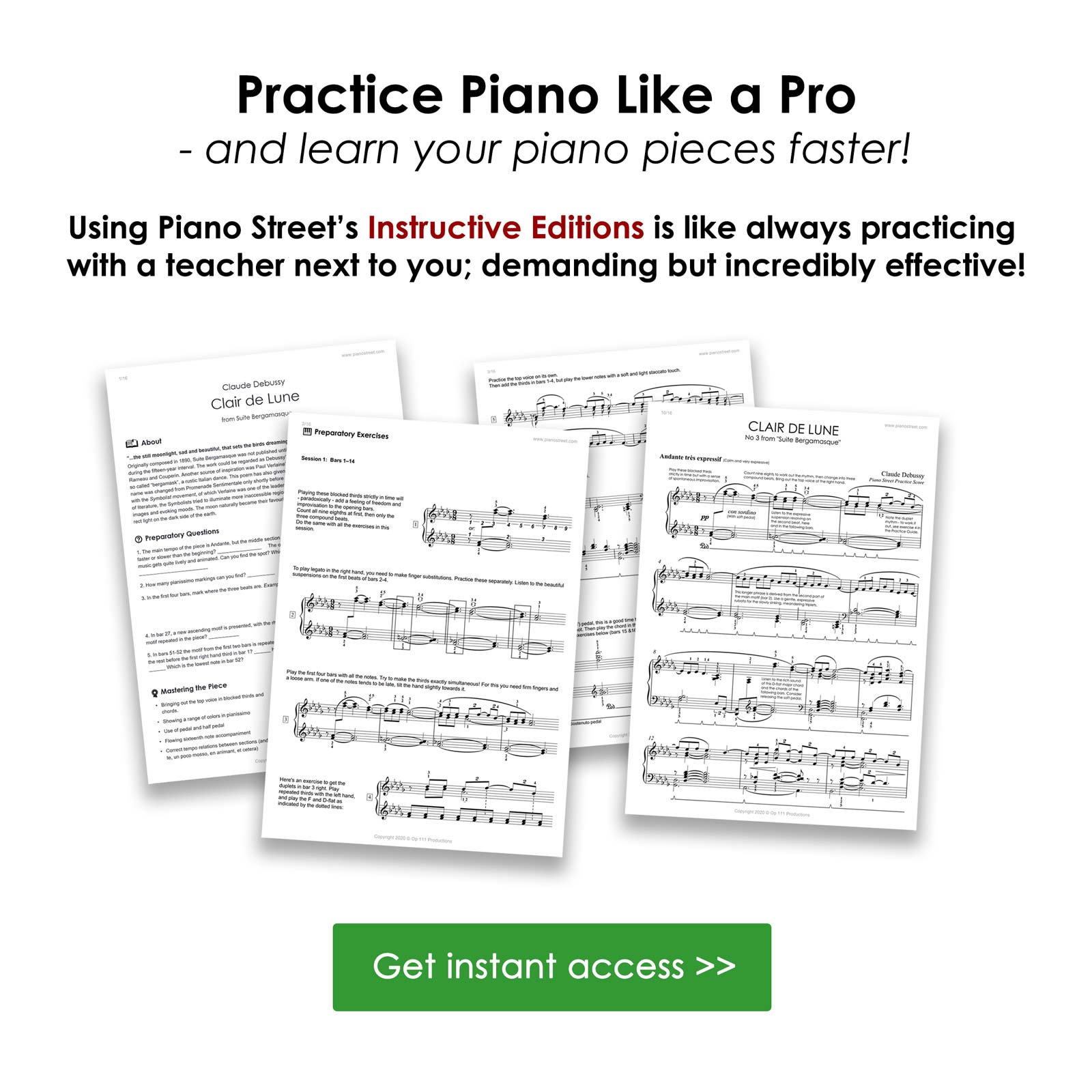Piano Forum
Piano Street Magazine:
The Piano Taking Center Stage at the 2025 Verbier Festival
For piano lovers, the Verbier Festival 2025 again shaped up to be a dream come true. This summer, the festival was rolling out one of its most interesting piano lineups yet, blending household names, rising stars, and even a little jazz for good measure. This compilation video provides a captivating glimpse into the festival’s diverse performances, featuring 20 minutes of piano excellence. Read more
Pages: [1] Go Down
Pages: [1] Go Up
For more information about this topic, click search below!
 Topic: [Video] Sorabji: Fantaisie Espagnole (New Recording and Preview of New Edition)
Topic: [Video] Sorabji: Fantaisie Espagnole (New Recording and Preview of New Edition) 